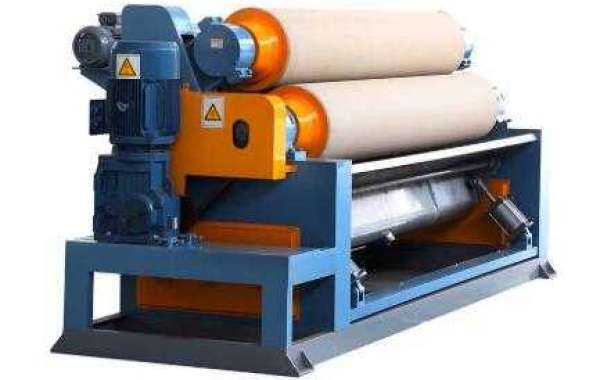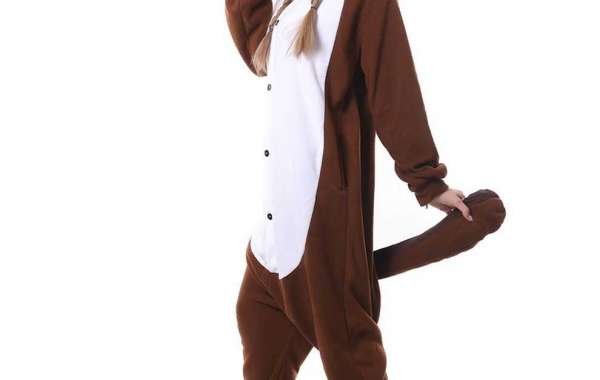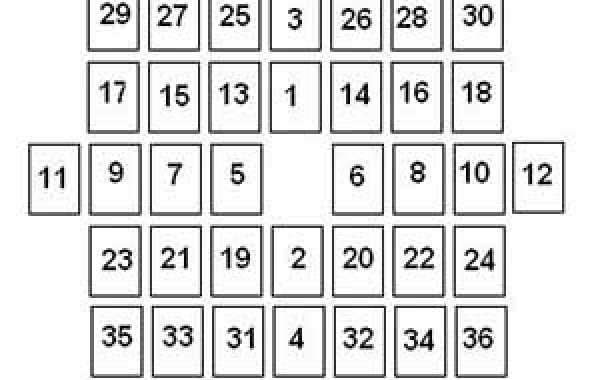I believe that when you wash clothes in your daily life, you are very distressed about the discoloration of your clothes. There are two reasons for this. The first is that the dyes are not good, and the printing and dyeing is not done well. I will show you today. The composition and characteristics of Stenter also give us a general understanding of the printing and dyeing process of fabrics.
- The entrance frame and width limiter of the printing and dyeing setting machine can help the fabric guide to expand and correct the fabric, and can choose the upper and lower positions to enter the fabric;
- The composite center corrector (cloth guide) has the functions of guiding and correcting the cloth;
- Sizing machine (rolling car) pressure water slurry;
- Speed compensation device (displacement detection wheel), which can control the tension between the sizing machine and the printing and dyeing machine;
- The calibration of the gauze can correct the arc in the yarn or cloth surface area;
- Central control panel, all electrical adjustment functions are concentrated on the top of the entrance box, covering 95% of the operating functions of the whole machine;
- Edge spreader and fabric tracker, responsible for spreading the edge of the fabric and tracking the edge of the fabric before inserting the needle;
- Entrance box and telescopic needle feeding device;
- Needle/clamp chain and track, use needle plate or splint to transport the cloth area to the oven for drying;
- Hot air circulation wind box, install hot air circulation windmill, heat exchanger, drying cloth area for drying or shaping;
- Width adjuster, fabric width is adjustable;
- Exhaust system;
- Cloth discharging device or cloth roll; There are two kinds of cloth discharging methods: cloth or cloth roll.
The purpose of the printing and dyeing setting machine is to improve the feel, smoothness, color, width, strength and appearance of the fabric by filling with various dyes and chemical substances to achieve soft, hard, non-slip, tentering and resin finishing. For non-pure cotton varieties, return can play a role in stabilizing the size. The principle is to dip the cloth into the chemical material in the tank, squeeze it evenly with a roller, and then enter the oven. When the cloth passes through the oven, it will dry and shape under the action of high temperature and hot air. The formed cloth has a good feel and stable size. The structural characteristics of the printing and dyeing setting machine and the functions of each unit: The Flat Screen Printer is mainly composed of five parts: the feeding part, the weft cutter, the chain, the main body of the oven and the doffing and winding device. In addition, there are chemical material systems and oil furnace heating systems. Feeding part. The structure is relatively simple. It consists of a trough and a roller. Chemical materials are injected into the rag, and then the excess chemical materials are squeezed clean with a roller. Therefore, the chemical substances carried by the cloth are very uniform, which is a prerequisite for obtaining high-quality formed cloth. It should be noted here that always pay attention to whether the pressure on the left and right sides of the roller is the same, otherwise, the side with lower pressure will load more material, and the side with higher pressure will load more material. Less material will be loaded, and the cloth will have quality problems, such as inconsistencies between left and right.








